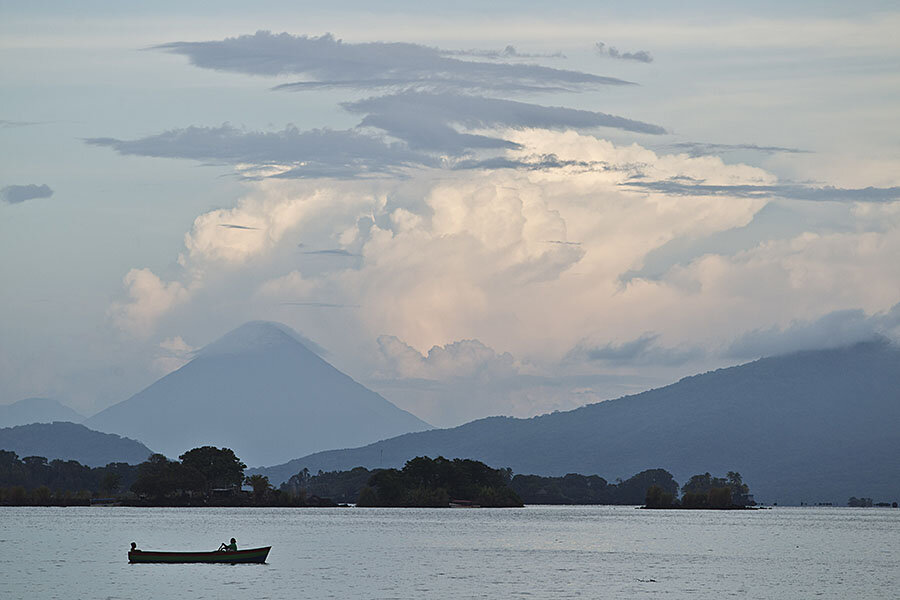Nicaragua's clean energy progress has only just begun
Loading...
Nicaragua’s concerted effort to develop renewable energy is beginning to pay off, with three-quarters of gross domestic primary energy supply and half its electric power now generated from renewable sources even though it has barely begun to tap its potential for hydro, wind, solar and geothermal energy.
“Nicaragua’s renewable energy sector has a bright future, both for utility-scale and small-scale projects, due to the country’s largely untapped renewable resources,” the International Renewable Energy Agency (IRENA) said in a report published in January.
In the period 2006-2012, the Central American country attracted $1.5 billion in investment in renewable energy, the largest such per capita investment in Latin America. As a result, it now derives 15% of its electricity from wind power plants, 16% from geothermal, 12% from hydro, and 7% from biomass. It has scarcely begun to exploit solar power potential. (Related: EU Energy Union Could Start In The North Sea)
According the energy plan released last fall, the government plans to attract $4 billion in renewable energy investment over the next 15 years.
The country embarked on intensive development of renewable resources in 2005 when it was plagued by rolling blackouts and electricity rationing as a result of high oil prices and dependence on imports from Venezuela.
The country’s goal is to generate more than nine-tenths of its electricity from renewable sources by 2027. It has been estimated that renewable energy could add 4,500 megawatts in electric power – more than triple its current capacity, according to the IRENA report.
The same large Lake Nicaragua that spans the country and has led to a massive new canal project is responsible for much of this renewable energy potential.
Wind farms located on the western shore of the lake benefit from steady winds that blow across the isthmus toward the Caribbean. (Related: The World's 10 Biggest Solar Farms)
Nicaragua has also tapped into the geothermal energy from nearly a score of volcanoes. The Polaris geothermal plant near the Telíca volcano has benefited from more than $400 million in investment from Ram Power of the U.S.
According to the IRENA report, the country also has considerable potential for distributed electricity from renewable sources in addition to large-scale projects. Small hydropower plants and solar photovoltaic systems could help provide electricity for the 1.5 million people in remote areas not attached to the grid.
The country faces a number of legal, bureaucratic and technical obstacles to further progress, however.
The IRENA Renewable Resources Assessment urged the government to use the expiration this year of the law governing renewable power generation to further accelerate integration of renewable energy into the national system, with regulations, preferential tariffs, project approval rules and tax exemptions in line with its goals. (Related: New Report Destroys Biofuel Claims)
The report also highlights the need to upgrade the national grid infrastructure to handle variable renewable generation and 100% coverage of the country.
In addition to electric power, Nicaragua is developing biomass potential for transport, heating and cooking, as well as sustainable use of firewood and charcoal. Bagasse, a residue from sugar and rum production, has proven particularly useful as biomass.
Solar has lagged behind, but Nicaragua benefits from a tropical sun and temperatures, so it has considerable potential there as well. In addition to isolated solar systems for distributed energy, there are studies for a 100-MW power generating facility in the Chinandega department.
By Darrell Delamaide for Oilprice.com
More Top Reads From Oilprice.com:







